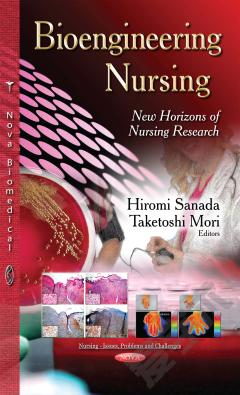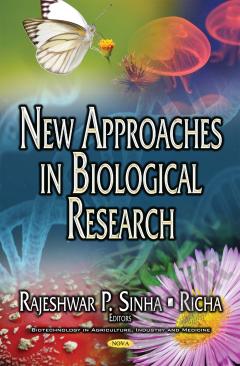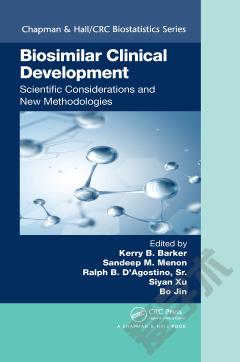Bioengineering Nursing: New Horizons of Nursing Research
The human lifestyle is changing. With the emergence of an aging society, this brings about a paradigm shift from diagnostic and curative landscape to QOL care and well-being to support individuals and their society. Nursing is expected to be the core of this new scheme. A bidirectional relationship between nursing and other disciplines such as biology science, basic medicine, engineering, and information technology has been limited because of the complexity and the broad characteristics of the nursing domain. Bioengineering in nursing is a promising key solution to this challenging issue. It seeks to incorporate molecular biological methodology into the nursing science area and to deliver the findings to the clinical practice through the development of novel technology products or services created by bioengineering in nursing. In addition, nursing translational research explores clinical problems, and visualizes and defines the target point to be resolved. This process allows the development of technology with the properties of noninvasiveness, real time assessment, and intervention with partnership. Throughout the eight chapters, this book offers a viewpoint of the way of collaboration in bioengineering nursing research. The book explains the concept of bioengineering in nursing to those who have already been involved in such research, who seek cooperation with researchers in other disciplines, or who are at the beginning of their research training, such as graduate students or postdoctoral fellows. The basic knowledge of several core research disciplines is explained to help readers from a variety of research backgrounds. The bioengineering nursing loop is illustrated by a model of developmental research with some supportive examples. The authors attempt to encourage the field of this new bioengineering in nursing concept and its educational aspect, and to promote novel nursing innovations.
{{comment.content}}








 京公网安备 11010802027623号
京公网安备 11010802027623号